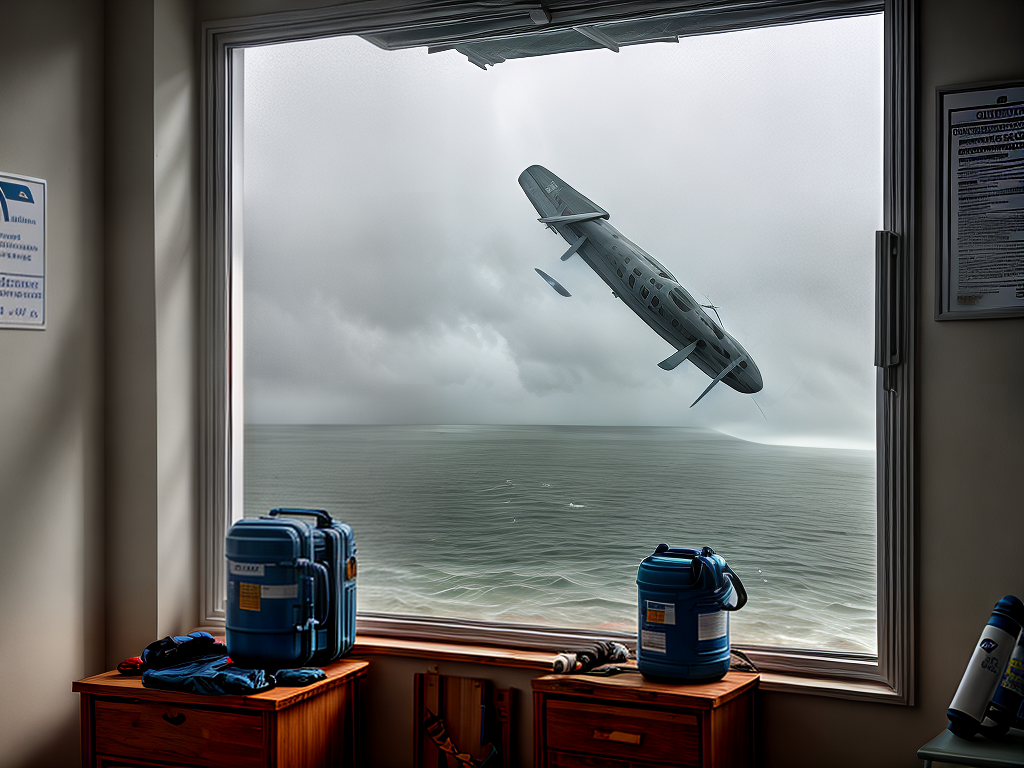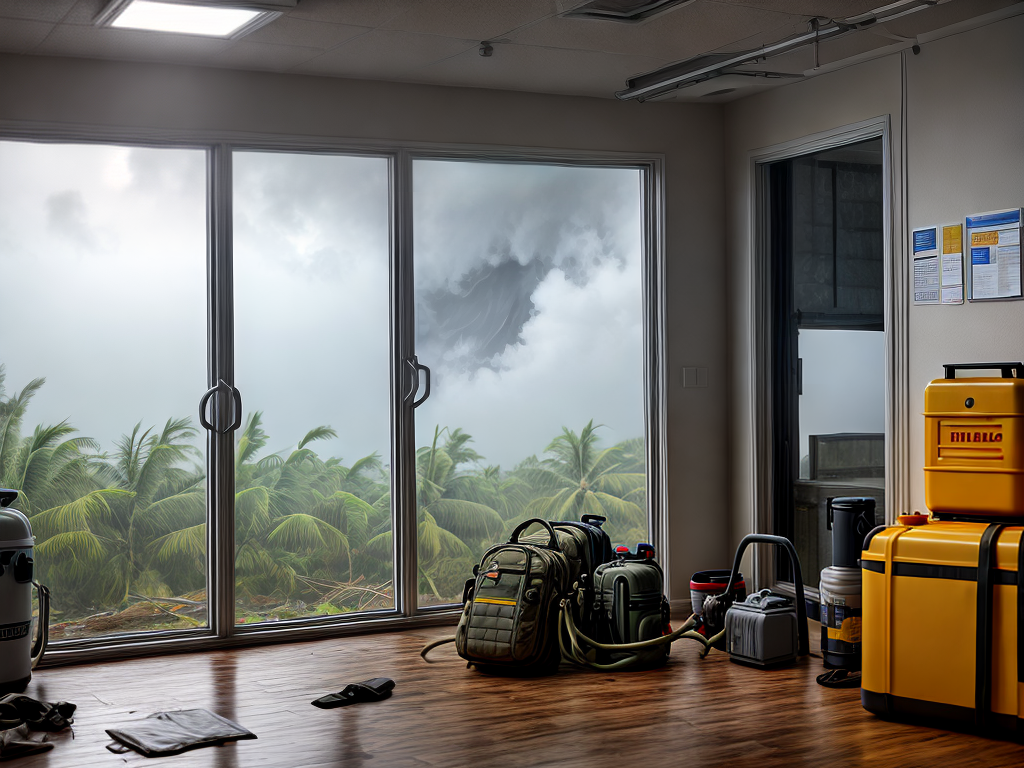
‘Click here to learn more about’ pro outdoorsurvival.com
Desert Survival Understanding Arid Conditions

Strategies for Coping with Extreme Desert Heat
Beginners Guide to Desert Survival Techniques
When embarking on an adventure through the dry, desolate environment, one must equip themselves with a comprehensive Desert Survival Kit. Incredibly vital to ensure your endurance in the extreme heat, this kit should include tools for desert navigation and heat stroke prevention.
Staying hydrated is a critical aspect of desert survival.
Hence, packing the right gear like CamelBak Hydration Packs or the LifeStraw Water Filter is essential.
They offer a practical solution to Water Conservation Strategies in arid conditions survival.
Another key survival skill involves understanding desert wildlife and identifying cactus edibles.
This knowledge could be the difference between life or death in the desolate region survival scenario.
When it comes to shelter, the wilderness presents various opportunities.
Mastering Sand Dune Survival techniques opens up possibilities for securing a safe spot to rest or escape the scorching heat.
Lastly, the importance of desert first aid cannot be overstated.
From treating minor injuries to managing a heat exhaustion treatment, a comprehensive first aid kit is indispensable for desert safety measures.
The Importance of Navigation in Desert Survival
Surviving Sandstorms A Comprehensive Guide
How to Construct an Optimal Desert Shelter
The Essential Toolkit for Desert Survival
Dehydration Prevention Key to Desert Survival
Desert Survival Techniques essentially imply that preventing dehydration is paramount. In the face of extreme heat survival, your body can lose water rapidly, leading to dangerous conditions like heat stroke.
The key is to stay hydrated.
Carry adequate water supplies, and if that’s scarce, knowing how to procure water in the desert, from cactus edibles or with LifeStraw Water Filters, can be a lifesaver.
Outdoor Survival in arid conditions requires you to monitor your hydration levels constantly. Avoid exerting yourself during the peak sun hours.
Wear desert survival clothing that covers your body fully and reflects sunlight. In the scorching heat survival scenario, desert travel safety also involves taking frequent rests in the shade to prevent overheating.
Being prepared with a desert survival kit can make a difference.
Such a kit may include compasses for desert navigation, a first-aid kit targeting heat stroke prevention, and survival gear like a multi-tool and a fire starter.
Techniques like using a CamelBak Hydration Pack for water storage and consumption can also enhance your desert heat endurance.
Arid Landscape Endurance requires knowledge of desert flora and fauna, as some plants store water and certain insects can indicate water sources.
Enroll in desert survival courses to learn more about such survival strategies. Ensure proper preparedness before embarking on a desert expedition; it’s not just an adventure, but a test of survival skills that requires meticulous planning, extensive knowledge of the terrain, a robust physical condition, access to suitable gear, and an unw.
| Desert Survival Techniques | Outdoor Survival | Arid Landscape Endurance |
|---|---|---|
| Preventing dehydration is paramount | Monitor hydration levels and avoid exertion during peak sun hours | Knowledge of desert flora and fauna can indicate water sources |
| Procure water from cactus edibles or with LifeStraw Water Filters | Wear clothing that covers your body fully and reflects sunlight | Enroll in desert survival courses to learn survival strategies |
| Use a CamelBak Hydration Pack for water storage and consumption | Take frequent rests in the shade to prevent overheating | Proper preparedness is critical before embarking on a desert expedition |
Selecting Essential Clothing for Desert Survival
Acquiring Food in a Desert Resourceful Strategies
Survivors venturing into the desert not only face the unyielding challenge of Extreme Heat Survival, but also the task of sourcing food. Desert Survival Strategies recommend familiarizing oneself with Desert Flora and Fauna.
Numerous plants, such as prickly pear cacti, provide both hydration and nutrition while several desert animals like reptiles and insects serve as protein sources.
To capture these, desert travelers should carry essential Survival Gear in their Desert Survival Kit.
Including simple tools like nets and snares can greatly aid outdoor survival.
Learning Desert Navigation skills is crucial not only for traveling but also for tracking desert wildlife.
Reiterating the importance of a Desert Survival Book or Desert Survival Courses cannot be overstated. These offer invaluable advice like refraining from eating when water is scarce, to prevent dehydration.
Similarly, storing a LifeStraw Water Filter for Water Conservation Strategies can increase your chances of Arid Conditions Survival.
Desert Survival
- Prickly pear cacti can be a source of hydration and nutrition in the desert
- Reptiles and insects can serve as protein sources for desert survivors
- Desert Navigation skills are crucial for both traveling and tracking desert wildlife
- LifeStraw Water Filter can be an essential tool for water conservation strategies in arid conditions

